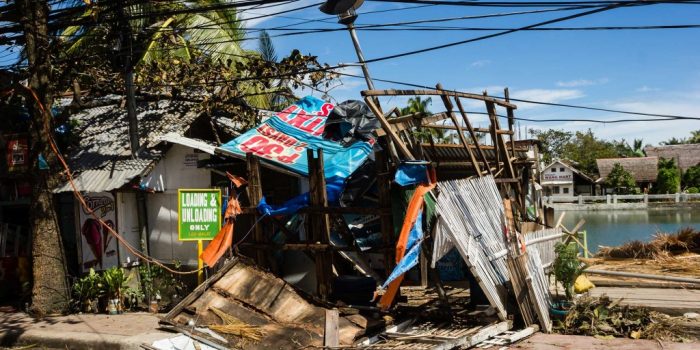Slow Onset — the “Other” Disaster
Drought. Famine. Massive water-logging of agricultural areas. Environmental degradation and climate change. Very rarely do these events draw the disaster relief funding that hurricanes, tornadoes, and wildfires receive. Nonetheless, these disasters, labeled “slow-onset,” are just as devastating to the affected communities.
The Center for Disaster Philanthropy’s July focus is slow-onset disasters. What are they? What does recovery look like? What does disaster response to a lagging situation look like?
The United Nations Office for the Coordination of Humanitarian Affairs (OCHA) defines a slow-onset emergency as one that does not emerge from a single, distinct event, but one that emerges gradually over time, often based on a confluence of different events. In my introduction, I listed some types of “natural” disasters that are prolonged in appearance, such as drought and famine. Other long-term, slowly-developing problems include environmental degradation and climate change. Still another type of disaster – the complex humanitarian emergency – is often slow-onset as well, brought on by factors such as prolonged famine, armed conflict, and mass displacement of refugees.
Preparedness, early warning systems, and early responses are key to recovery in a slow-onset event. The presence and functionality of these three things give the humanitarian community ample time to respond to needs in these situations. More often than not, though, these systems are not functional for a variety of reasons and slow-onset disasters peak and are treated like rapid-onset situations. Livelihood assistance and strategies to protect livelihoods through a slow-onset event are disaster are also important. When livelihoods do receive necessary assistance, the next disaster cycle (for example, the next year of drought) pushes populations closer to poverty and into food insecurity.
So what should responses to slow-onset disasters look like? First, a key response is to track these situations at their first signs and realize their full disaster potential. Preparedness and early responses to mitigate the course are essential to addressing slow-onset disasters. Second, the humanitarian community, and funders of responses in these situations should remember to support community strategies already in place. Often, slow-onset events occur in cycles, and communities develop coping strategies to address them. Any outside response should augment what is already in place.
It’s easy to let the disasters that occur slowly build, without even thinking about it, because in a particular given moment it’s not as big as another event. But we should remember that disaster has more than one face, and those that occur slowly, over time, can bring just as much destruction as a large hurricane.
More like this

Life after a Super Typhoon
